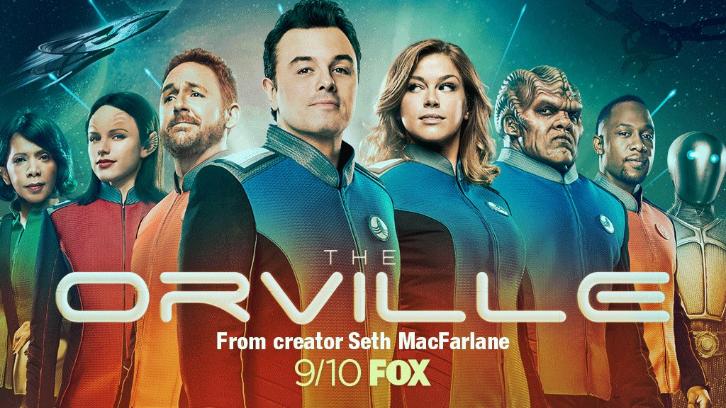The news out of Comic-Con this year is that The Orville, which aired for two seasons on Fox, is moving to Hulu and will air only on that streaming platform. The Orville, in case you’re not a total sci-fi geek, is a show that mimics the best of Star Trek: The Next Generation while adding quite a bit of producer/creator/writer Seth MacFarlane’s lowbrow sensibility. It’s worth a watch, at least it will be when it airs again in a year or so.
I’ve been meaning to write about this for a while. People have asked me how this is even possible. How can a show go from TV to streaming like this. It’s not only possible but it’s actually reasonably common.
A little history

Back when I was a young lad, I loved the show Taxi. For its time it was a pretty dark and layered sitcom. It followed a group of underpaid and underappreciated taxi drivers in New York City and broke most of the rules of comedy in doing so. While there were some legitimately slapstick moments, it also dealt with serious issues like immigrant’s rights, workplace inequality, and the overall idea that sometimes, not everyone has a great life. Not only that, despite several very attractive lead actors, no one in the show got into a relationship or had a kid.
Naturally, the world was not ready for the show and its ratings, for the time, were dismal.
I remember my confusion when, in the fall of 1982, the show moved from ABC to NBC for its fifth and final season. I was confused. Certainly this was not possible, I thought. I marveled at the fact that this seemed to be the same show, but on a different channel. I thought surely it would have to change because the studios would have to rebuild the sets, hire new staff, all of that.
Except they didn’t, and I soon learned the reason.
Financial Interest and Syndication Rules
In the early 1970s, the world was a very different place. Broadcast television controlled about 90% of people’s media consumption. (I’m assuming the rest of the people read books or pirated 8mm movies but I’m not sure.) The government was also a lot more worried in those days about media monopolies and competition in the marketplace.
So, in 1974, the FCC issued what came to be known as the Financial Interest and Syndication rules, or Fin/Syn. They limited the amount of programming that networks could produce themselves. It basically meant a broadcast network could produce its own news and sports but that was about it. It meant that separate production companies would thrive and start producing the vast majority of TV content.
Not that separate production companies were unheard of in the days before Fin/Syn. While networks produced a lot of their own shows in the early days, I Love Lucy, arguably the first TV superhit, was produced by Desilu, owned by Lucille Ball and Desi Arnaz. The same studio later produced Star Trek and Mission: Impossible. (Ironically, Desilu was later bought by Paramount, which was later bought by CBS.)
But with Fin/Syn in place, studios were completely separate from networks. That meant that my young brain needed some reprogramming. NBC didn’t make Taxi, Paramount did. Paramount sold the rights to the first four seasons to NBC ABC, and when NBC ABC didn’t want it, they sold the rights to the fifth season to ABC NBC. (Thanks, GeRomet, for the correction.)
And then things changed again.
The Fin/Syn rules ended in 1993. At the time, studios were worried that they would fold. That didn’t happen. In fact there were more TV studios by the end of the decade than at the beginning, as TV production costs continued to drop. And then in a strange twist of fate, a lot of those studios were bought by major networks (including the one that made Taxi.) And, of course, broadcast TV’s dominance gave way to cable and satellite, which seems to be making room for streaming these days.
Here’s the twist
Unlike Taxi, though, The Orville actually WAS produced by the network. Well, sort of. It was a joint venture between Mr. Macfarlane and 20th Century Fox Television. That production company became part of Disney when Disney bought most of Fox’s assets. Disney also took full control of Hulu but not Fox’s television stations. So it does kind of make sense. Disney can produce The Orville using one of its other assets, Industrial Light and Magic, if they want, and do a better job less expensively. Then, they can distribute it on Hulu and keep 100% of the profits rather than sharing them with Fox TV.
All I can say is I’m a little bummed that the show won’t be back for another year. I’m ok with it moving to streaming, and I have a feeling it won’t be the only show that does.





